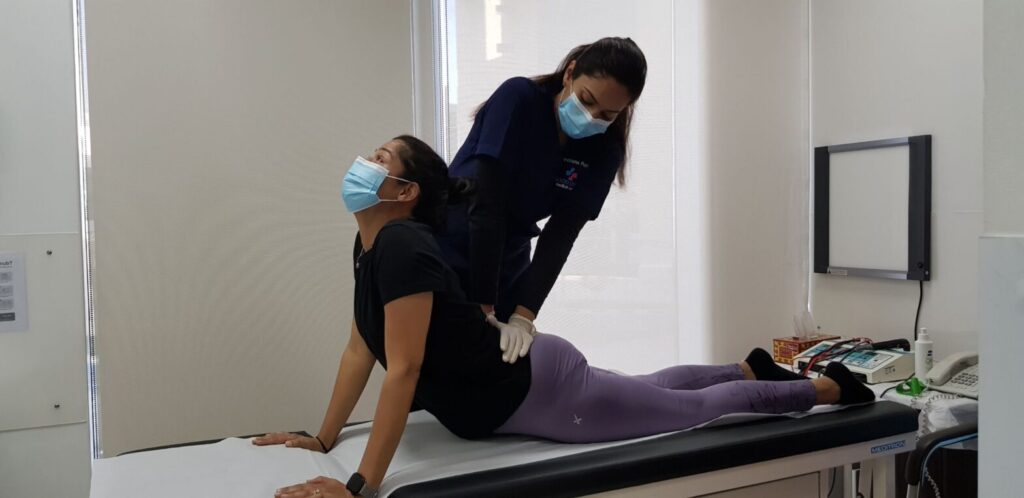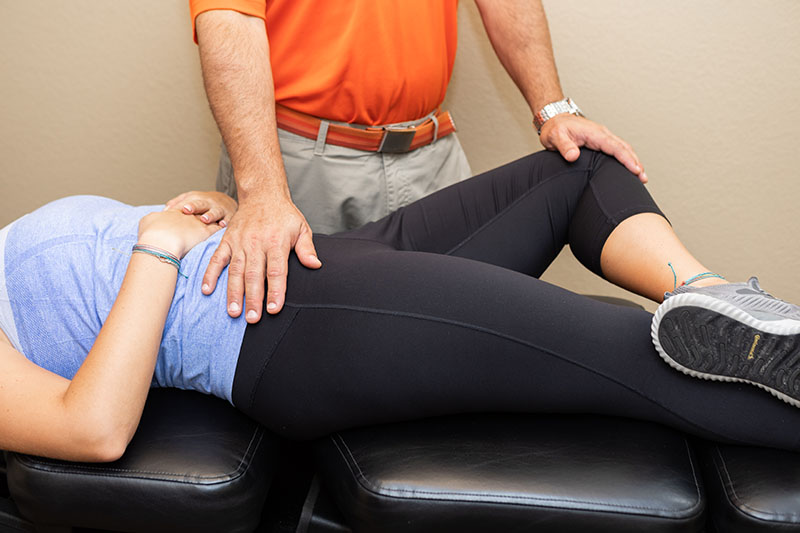Mechanical Diagnosis And Therapy

Mechanical Diagnosis And Therapy
Mechanical Diagnosis and Therapy (MDT) is an internationally recognized method of assessing and treating patients with spinal and extremity disorders. This patient-centered approach emphasizes self-management and prevention of the condition based on clinical presentation rather than anatomical impairments.
There are 4 steps involved in the MDT or McKenzie method:
- Assessment- Thorough history taking and physical
examination is conducted based on the McKenzie assessment
form for the spine or extremities. Repeated movements or
sustained postures are adopted to evaluate their effect on pain
and function. This effect is observed while performing the
movements and after they have been completed.
- Classification- Based on the assessment, the condition is divided
into 3 categories. Derangement syndrome (most common),
Dysfunction syndrome and Postural syndrome. A 4 th category
of ‘Others’ includes non-mechanical disorders that require
specific treatment.
- Treatment- This is based on ‘Directional Preference’ observed
during the assessment that indicates the most beneficial
movement for recovery. ‘Centralization’ of symptoms (moving
from distal to the proximal area) is integral in determining the
effectiveness of the treatment. Repeated sets of the preferred
movement throughout the day ensure pain relief and faster
recovery.
- Prevention- Self-management of the problem will enable the
patient to minimize the chances of recurrence. Patient education
plays an important role here.
The reliability and efficacy of MDT are backed by moderate-to-high quality research. Evidence shows MDT to be superior to other
rehabilitation methods for reducing pain and disability in patients with chronic low back pain. Similar results have been found in those
with knee arthritis and shoulder pain. Furthermore, there is preliminary evidence that MDT improves patient’s self-management
skills in monitoring the symptoms/function and handling the symptom/problem.




